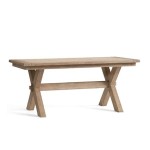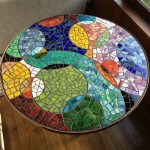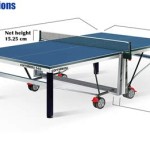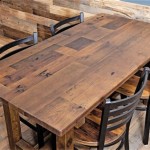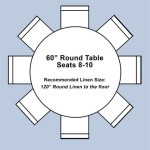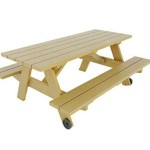Antique Sewing Machine Table Restoration: Essential Aspects
Antique sewing machine tables hold a unique charm and functionality, embodying both historical significance and practical utility. Their restoration requires meticulous attention to detail and an understanding of the materials and techniques used in their original construction. Here are the essential aspects of antique sewing machine table restoration to guide you through the process:
Assessment and Cleaning
Begin by thoroughly assessing the table's condition, noting any damage, missing parts, or areas that need repair. Carefully clean the table using a soft cloth and mild soap solution to remove dirt and grime. Avoid using harsh chemicals or abrasive materials, as these can damage the finish.
Wood Repair and Refinishing
Inspect the wood for any cracks, dents, or scratches. Fill minor imperfections with wood filler and sand smooth once dry. For more extensive damage, consider consulting with a professional woodworker to repair the affected areas. If the table's finish is damaged, carefully strip it off using appropriate solvents or sanding and then refinish it using a compatible stain or paint.
Metal Cleaning and Polishing
Clean any metal components, such as hinges, handles, or the sewing machine base, using a metal cleaner. Polish them with a soft cloth to restore their luster and protect them from further corrosion. If the metal is severely rusted, electroplating may be necessary to restore its original appearance.
Drawer Restoration
Remove the drawers and inspect their condition. Tighten any loose joints or replace broken drawer slides. Clean and oil the drawer mechanisms to ensure smooth operation. If the drawer fronts are damaged, consider replacing them with matching pieces made from a compatible wood.
Reassembly and Final Touches
Once all the components have been restored, reassemble the table carefully. Ensure that all screws and bolts are tight and that the table is sturdy and level. Apply a protective finish, such as wax or varnish, to protect the table from wear and tear and enhance its appearance. Consider adding decorative touches, such as a new knob or drawer pulls, to personalize the table and complete its restoration.
Restoring an antique sewing machine table is a rewarding experience that requires patience, attention to detail, and an appreciation for historical craftsmanship. By carefully following these essential aspects, you can breathe new life into this cherished piece of furniture and preserve its legacy for generations to come.

Restoring A Treadle Sewing Machine Cabinet From Scratch

Vintage Sewing Machine Table Makeover Without Refinishing Painting Redhead Can Decorate

Vintage Sewing Machine Side Table Woodbin

Furniture Repair Restoration Reupholstering In Appleton Wisconsin Oshkosh Neenah Grand Chute Menasha Kaauna Re Antique Sewing Machine

Red Sewing Machine From The 1900 S

How Can I Make Over Re An Antique Singer Cabinet Hometalk

Vintage Sewing Machine Table Makeover Without Refinishing Painting Redhead Can Decorate

Red Sewing Machine From The 1900 S

Just Started My First Serious Post Retirement Project Restoring An Antique Singer Sewing Machine Engineers With Hobbies Eng Tips

What Can I Do With This Singer Sewing Table Hometalk

